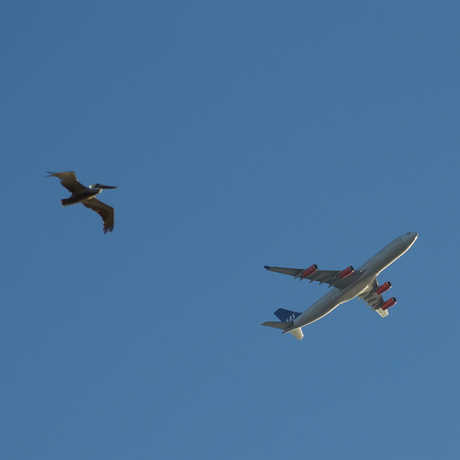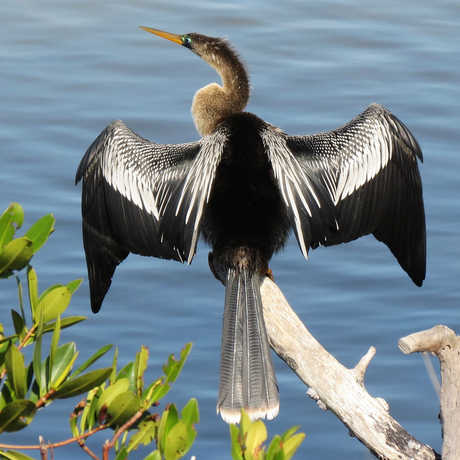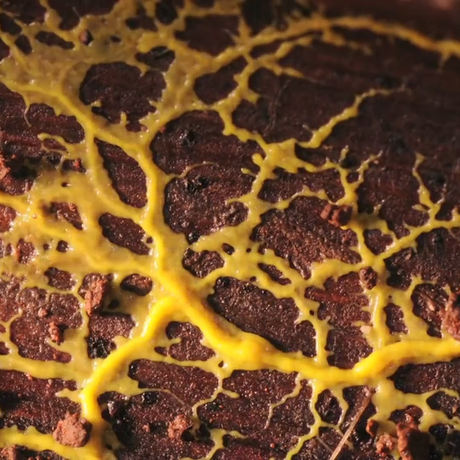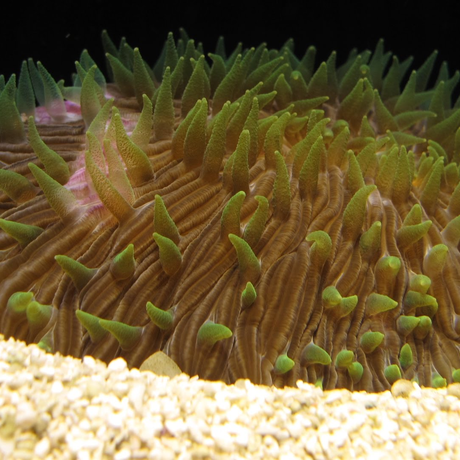Learn the benefit of using videos in the classroom, and browse resources to help you get started.
Grade level: 6-13+
Length: <8 minutes
Next Generation Science Standards: PS2.A, PS3.A, PS3.B
Summary
Capable of aerial maneuvers that put even the most advanced human-made flying machines to shame, hummingbirds are true masters of flight. As the tiny birds move from flower to flower, they appear to almost levitate—hovering in mid-air, practically motionless except for their blur of wings beating more than 40 times per second. Although scientists have studied hummingbirds for centuries, the secrets of the birds’ sustained hovering ability have remained a mystery. But that may soon change. Researchers at Stanford’s Lentink Mechanical Engineering Lab have invented a device—a flight chamber outfitted with high-speed video equipment and ultra-sensitive pressure plates—that may finally explain how hummingbirds achieve their astounding aerial feats. By measuring the forces generated by a hummingbird’s individual wing beats, the scientists have developed the most accurate and detailed model yet of the physics involved in the hummingbird hover. Their model proves the existence of a hidden mechanism that enables the birds to achieve what might otherwise be impossible—and could one day help engineers design better flying machines.
Video Discussion Questions
- What is unique about hummingbirds' flight? What can hummingbirds do that even manmade airplanes cannot?
- How do the scientists in the video study hummingbird flight dynamics? What are they trying to find out?
- What can you observe about the flight of hummingbirds in time-lapse video that you wouldn't otherwise be able to see?
- How many times does a hummingbird flap its wings every second?
- How do birds and airplanes fly? What are the forces involved?
- What are the potential applications of understanding hummingbird flight dynamics?





